"Our aim with ShaperBox is to make it easy for any producer to get complex-sounding results, all in one plugin": Cableguys talk modulation-mad multi-effects plugins and more
We sit down with the developer behind ShaperBox and Kickstart to find out more about Cableguys' inspired creations
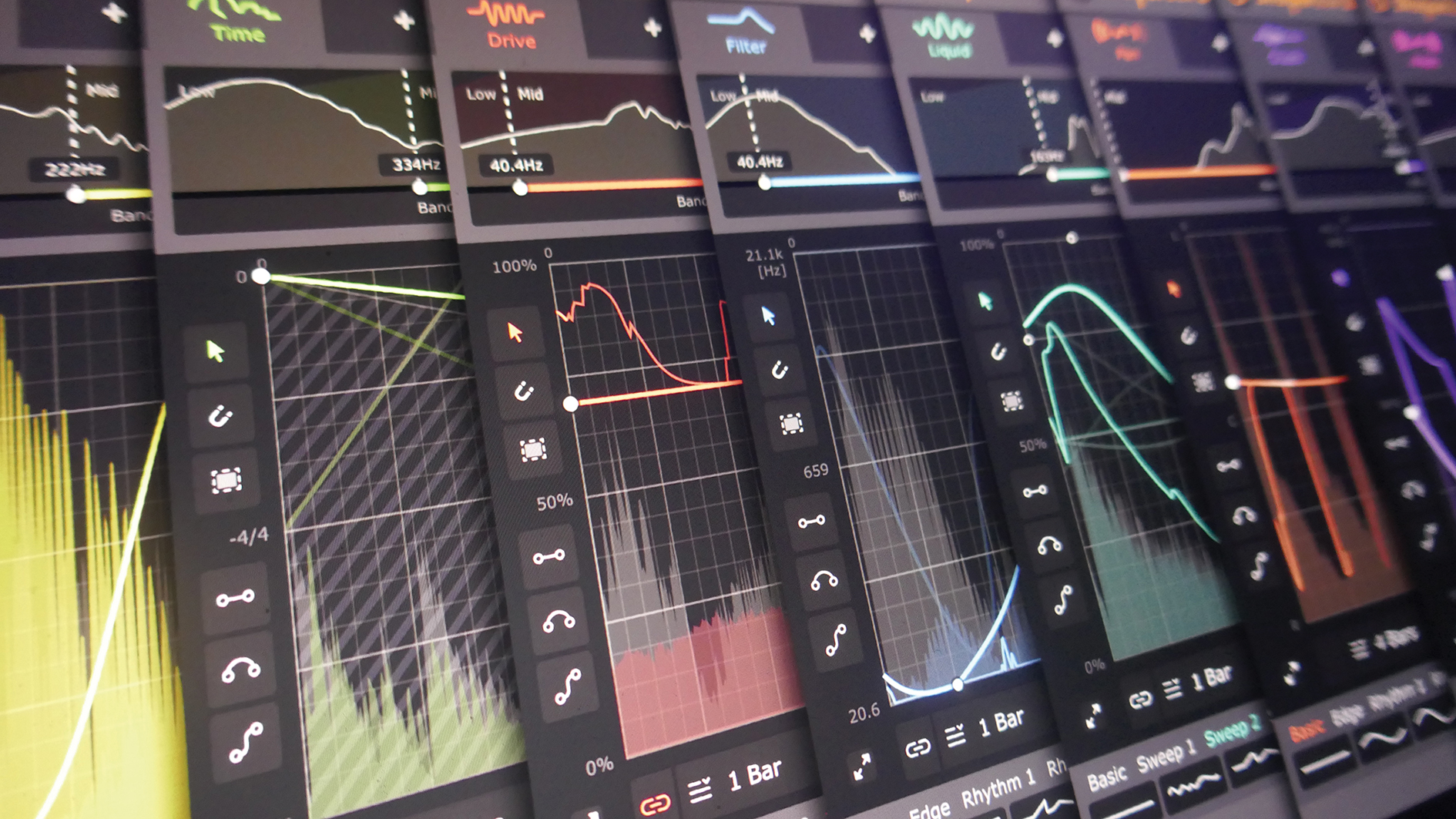
PLUGIN WEEK 2025: Cableguys is the name behind some of the most incisive sonic manipulation tools in our libraries. Always innovative, frequently surprising, they come at music from a different angle, producing effects and sounds that simply aren't available elsewhere.
To find out more, last year we spoke with the company's founder Jakob Rang and he opened the box, lifting the lid on ShaperBox, FilterShaper XL, MIDIShaper and more...
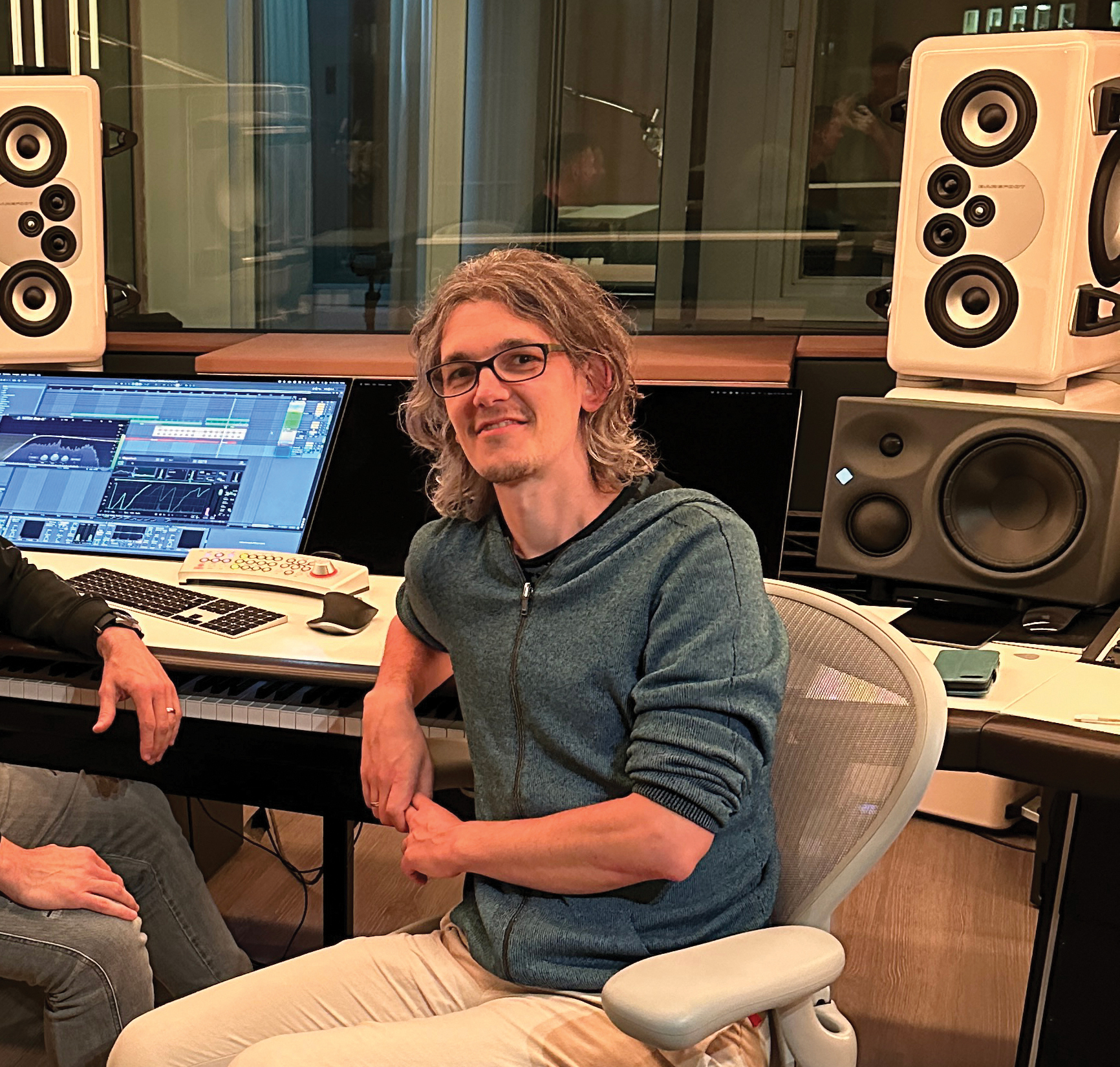
Firstly, there's ShaperBox 3.5, the latest iteration of your suite of powerful rhythmic and mixing tools. Can you talk us through the new features that were added in this latest update, and just what makes it different?
“Our aim with ShaperBox is to make it easy for any producer to get complex- sounding results, all in one plugin. That’s why you’ll find there’s no modulation setup, no routing matrix and no automation systems that you have to deal with.
"Instead, you add one of up to 10 effects – from volume ducking, filtering and distortion to phasing, reverb, panning, temporal manipulation and more – and draw the shapes you want to hear.
“Our LFO drawing system is powerful enough to handle any effects movement you can imagine. But it’s fast and fun, too, with lots of presets for all of the common use cases. Advanced features like multiband processing, audio/MIDI triggering and flexible envelope followers are there when you need them – but you don’t have to learn them to use ShaperBox by any means.

“This gives you a plugin that works for everything from quick rhythmic inspiration and ‘instant sound design’ to sample-accurate mix tweaks and deep sonic explorations. We like to think that these factors combined are what make ShaperBox stand out.
Want all the hottest music and gear news, reviews, deals, features and more, direct to your inbox? Sign up here.
“The ShaperBox 3.5 ‘analogue warmth’ update adds features and algorithms first seen on our FilterShaper XL dual filter plugin. There’s new Smooth Clip distortion, adjustable filter Resonance Distortion inside the filter circuit, a Hard Dist option for edgier tones, and filter self-oscillation. It’s tons of fun to play with, giving you the feel and sound of real analogue gear pushed to the limit.”

We loved FilterShaper XL too. What motivated you to reboot the original FilterShaper plugin, being that it preceded and laid the groundwork for the resulting Shaper series in many respects?
“FilterShaper has always been our most capable plugin for advanced filtering, with its dual filters and ability to ‘modulate the modulators’. The interface was feeling a bit dated alongside ShaperBox, though, and it did not include our latest LFO editing either.
"Since we were updating it for compatibility anyway, we decided to address those issues too... And while there, why not put in juicy new Drive stages and make the filter DSP even better? The result is FilterShaper XL.”
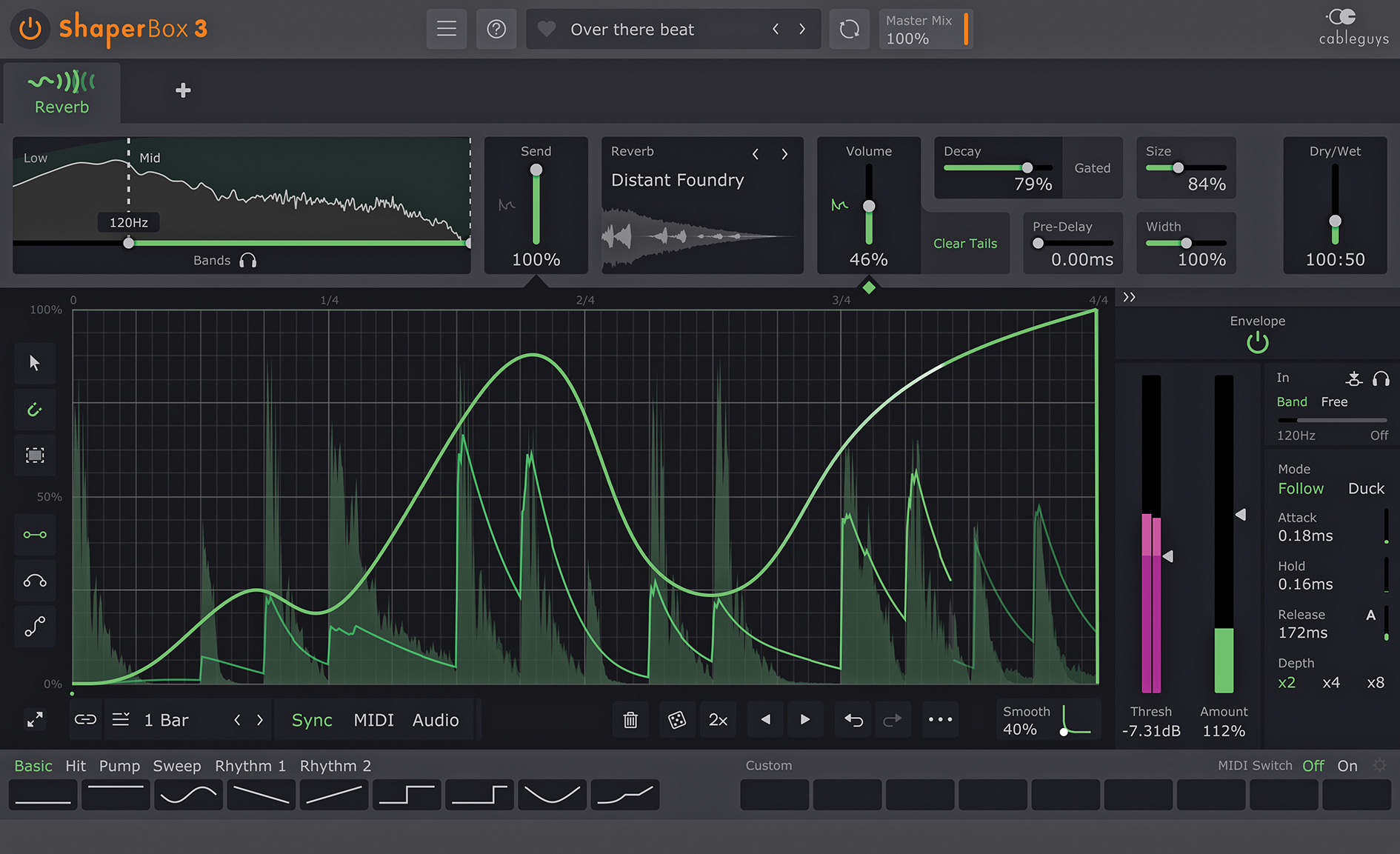
ReverbShaper is a superb rhythmic reverb, re-imagining reverb as a dynamic, creative effect. What are some of your personal favourite things that it’s capable of?
“We’ve had so many requests to do ReverbShaper over the years, and of course, it just makes sense to put a rhythmic reverb inside ShaperBox – so we did! Our favourite feature has to be the Clear Tails mode that resets the reverb in the pattern you program, or even with each note played. You can create massive reverbs that never overlap and become messy, even with complex chord sequences! Our other favourite uses include ducked reverb and chopping the reverb rhythmically.”
How long does the development of one of your plugins typically take, and do you have an ‘it’s done when it’s done’ policy, or do you stick to a set of tight release schedules?
“We are usually working on several plugins at once, so it’s not possible to give a straightforward answer here. HalfTime is our fastest so far – it took three months of concentrated effort from inception to release. Other projects are ongoing, spanning multiple years!
“And here’s a secret: all the current ShaperBox Shapers – including the new ReverbShaper – started life as pre-release prototypes for the original ShaperBox 1. That gave us a clear roadmap for the evolution of ShaperBox, and let us discover early on which effects would work best as Shapers.
“Of course, developing the real DSP algorithms, coming up with specialised features and graphics, refining parameter ranges, and so on, takes time, about a year for each Shaper. But we’re very happy with the results of this quality-over-quantity approach. We use release deadlines to bring focus and motivation to a project. But we’ll absolutely move those dates if the plugin needs more work. Again, quality first!”
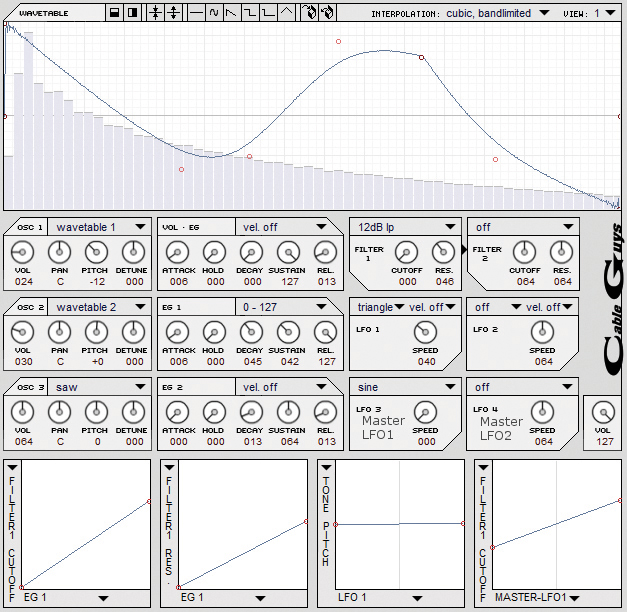
Can you take us right back to the formation of Cableguys? What were the company’s guiding principles back at the start and how have you changed and developed since those early days?
“It all started because I was curious if drawing oscillator waveforms made any sense. I think it did, and I released a free v0.1 of our synth, Curve, as a hobby project in 2005. Then I had the idea of a public preset sharing system for Curve – which was kinda innovative at that time.
“I was convinced that everyone would love and use it. A good friend joined me, and Cableguys got started as a company. While working on Curve 1 (which only got released in 2010), we realised that drawing waves for modulation was very useful, too, and the result was VolumeShaper 1, which we released in 2007.
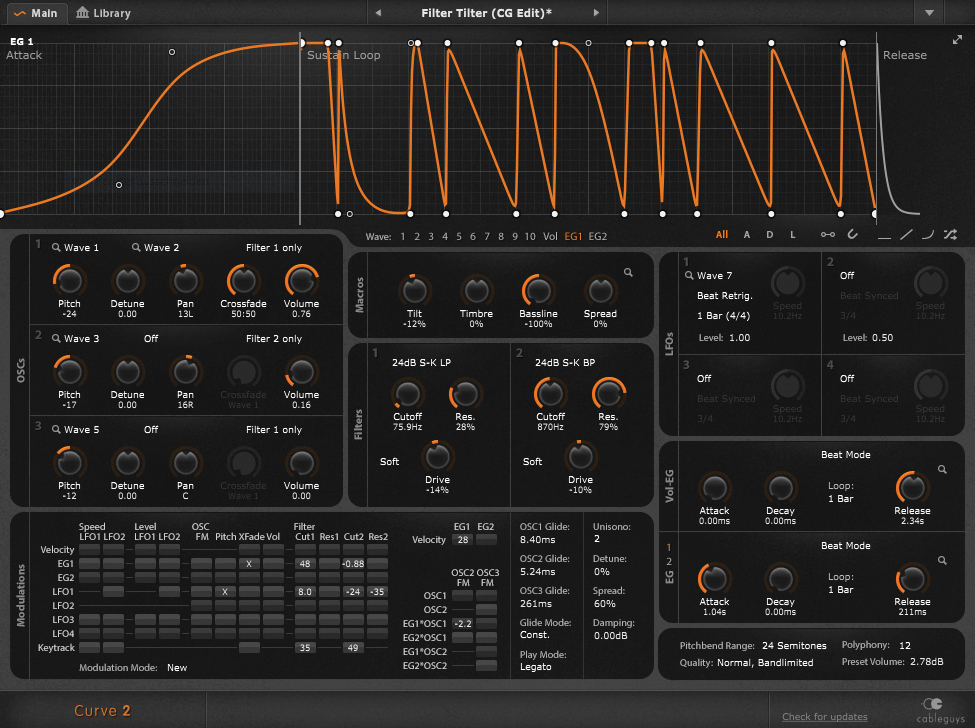
“When Curve 1 came out, it turned out that our expectation for the preset sharing system was very wrong – nobody cared about it, except for a handful of very skilled preset designers. Luckily people liked Curve for other reasons, for its sound and for its directness of control. That’s a principle we had since the beginning: we always try to do useful things in a very easy-to-use way. As our friend BT puts it: ‘ShaperBox is a masterpiece of simplicity of use and complexity of sound.’
“We’re in the luxury position that we do not have to rush things. We care a lot about details, both for sound and UI, but also for the videos that my colleague Joe does. We care that the sound is just ‘right’, that no unwanted artefacts are introduced, gain staging works, etc, that all elements in the UI make sense and that the videos are straight to the point. While it was just two of us in the early days, we’re now a team of very motivated people.”
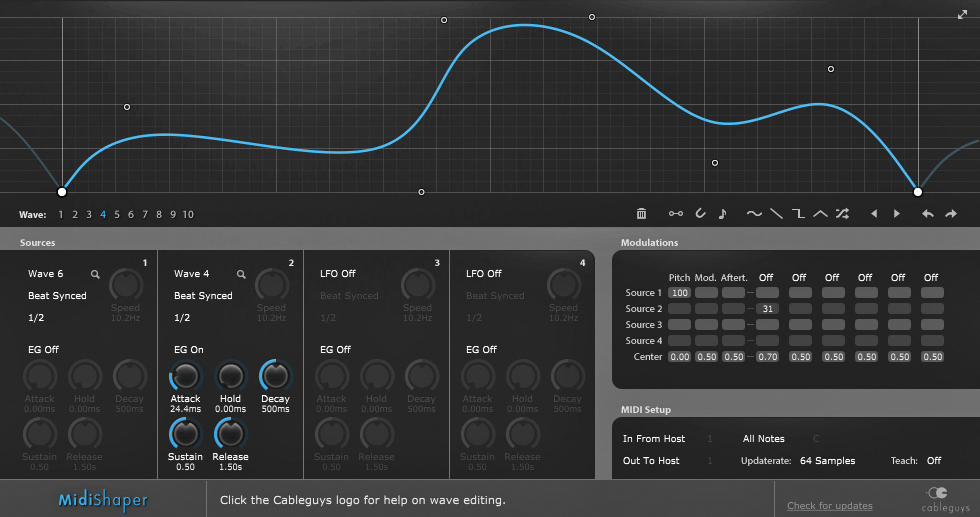
How many people now work at Cableguys, and how often do you speak to producers and artists to get feedback on how your tools are being used?
“There are six of us at Cableguys: three on the development side, based in Germany, and three on the marketing and support side, in the UK. Feedback from producers and artists gives us vital insight into what is actually important to professional music- makers. What works for the world’s top names is usually best for the rest of us too.
“Our pro users include household names like David Guetta, Armin van Buuren and Darude, as well as “producers’ producers” like Khaliq Glover (Prince, Justin Timberlake) and Mick Schultz (Rihanna, Kelly Clarkson). And our Kickstart plugin, made in collaboration with producer Nicky Romero, has been a huge success.
“Of course, feedback from regular users is just as valuable, and we sometimes conduct in-person testing sessions with local musicians. Seeing how users interact with a plugin for the first time really helps us ensure that a plugin ‘just works’ in an intuitive way.”
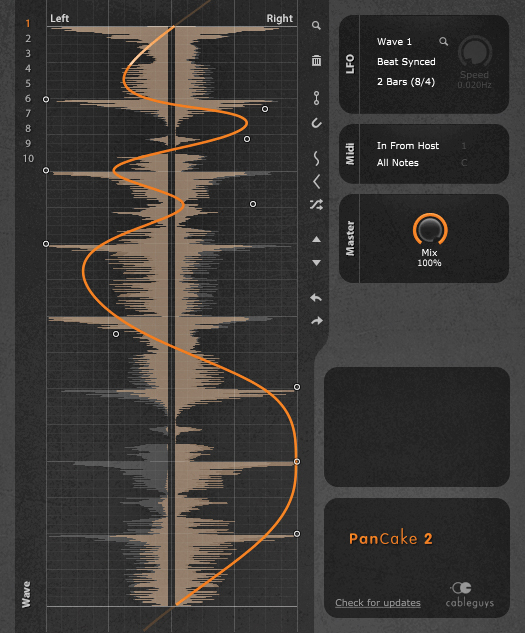
What’s next on the agenda for Cableguys, and can you give us any indications of what we can expect next from the company?
“We are currently finishing work on an updated MIDIShaper. MIDIShaper gives you ShaperBox-style LFO control over any other MIDI CC-driven plugin, and even external MIDI hardware like synths. We’ve given it a brand-new interface, improved compatibility, and it’ll be a free update for all existing owners.
“Beyond that, we’ve got some improvements for ShaperBox in the pipeline, and are working on a very much improved Curve – it will take a while before release, though.”


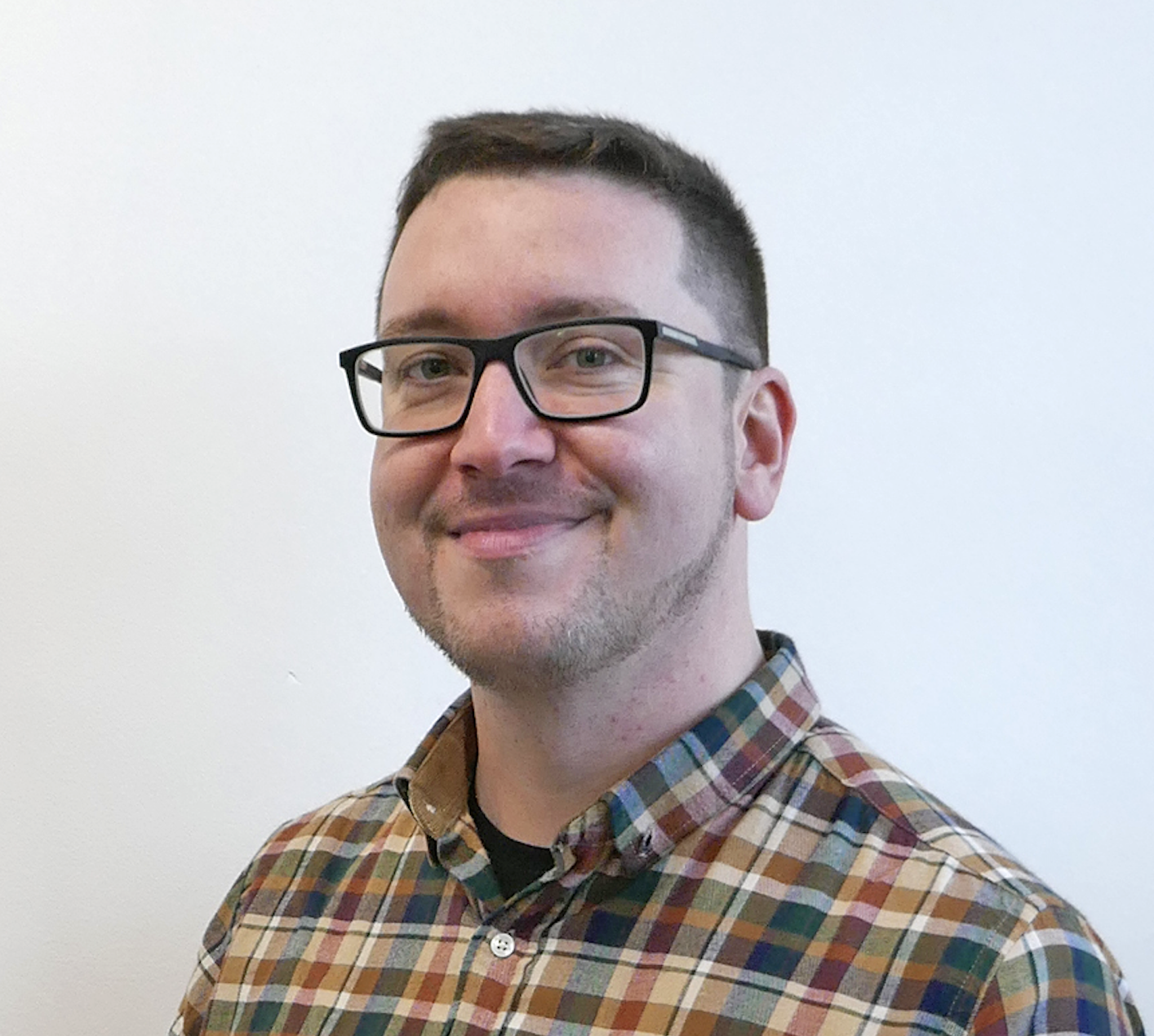
I'm Andy, the Music-Making Ed here at MusicRadar. My work explores both the inner-workings of how music is made, and frequently digs into the history and development of popular music.
Previously the editor of Computer Music, my career has included editing MusicTech magazine and website and writing about music-making and listening for titles such as NME, Classic Pop, Audio Media International, Guitar.com and Uncut.
When I'm not writing about music, I'm making it. I release tracks under the name ALP.
You must confirm your public display name before commenting
Please logout and then login again, you will then be prompted to enter your display name.